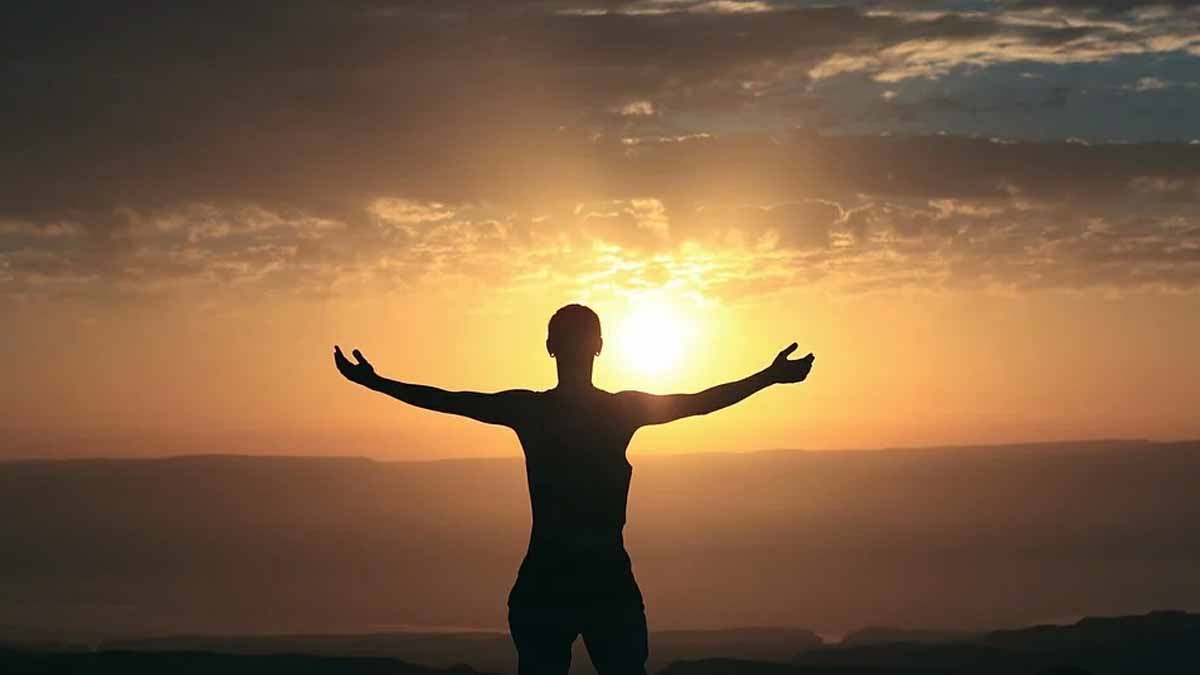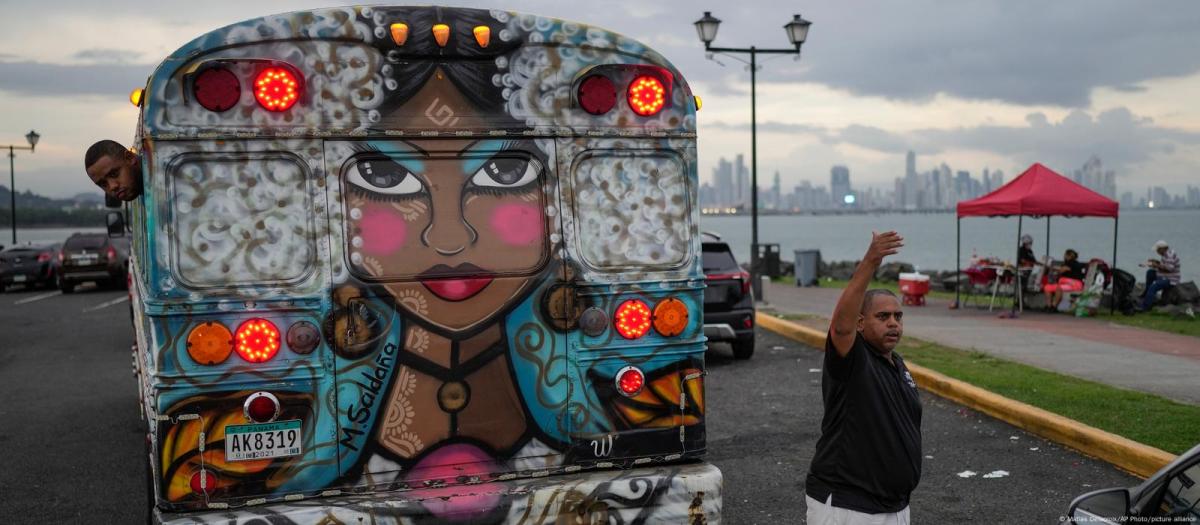QCOSTARICA — The immigration policies implemented by Costa Rica, Mexico, Panama and Honduras, as well as other Latin American nations, promoted by the United States, instead of reducing the number of migrants and asylum seekers, have forced people in transit to choose along irregular and extremely dangerous routes, as is the case of the Darién Gap — jungle between Colombia and Panama – detailed a report presented by Human Rights Watch (HRW) at the beginning of November.
The document suggests that the visa requirements imposed by the Governments of Mexico and Central America, including Costa Rica, are one of the factors that contribute to the increase in migrants crossing the Darién, since in the past many of the people migrated to the United States through other routes.
According to HRW, so far this year more than half a million migrants have crossed the Darien, risking their lives in this jungle where they are exposed to abuse by criminal groups, including sexual violence, and receiving little protection or humanitarian aid.
– Advertisement –
Among the nationalities cited in the HRW report, Venezuelan, Haitian and Ecuadorian nationalities stand out, as well as those from other regions of Asia and Africa.
In a visit carried out by Semanario Universidad to the southern border of the country, weeks ago, it was possible to speak with several migrants who were in the Centro de Atención Temporal para Personas Migrantes (CATEM) – Temporary Care Center for Migrants, where they are currently taken from the Panama border in buses and then moved to Los Chiles, near the border with Nicaragua.
The heartbreaking stories coincided among those who were lucky enough to leave the jungle, it is a devastating route, full of dangers, violence and organized groups that are positioned at specific points in the best of cases demanding a certain amount to pass, and in others to steal the belongings of those on the route, their money, their dignity and even their lives.
“We find ourselves in a situation of total desperation, the route is terrible for everyone, but especially for the children who are in a state of vulnerability. When you pass through that jungle you can see abandoned children, without food, or where to sleep, we saw dead children in the arms of their parents, and many people died along the way,” said Kevin González (a fictitious name to maintain confidentiality) who crossed the Costa Rican border weeks ago.
Between 2005 and 2020, the number of migrants in Latin America and the Caribbean more than doubled, going from approximately 7 million to 15 million, according to the International Organization for Migration (IOM). In 2021, some 130,000 migrants crossed the Darien.
“The jungle is hell… you see there what you can’t imagine, there are people who don’t know how to swim, older people who fall because they don’t have the strength, and children drowning, I saw lots of dead children in tents, rolled up in fabrics. They robbed me, they took all my money, by people who were hooded and with heavy weapons, I learned that children are kidnapped for organ trafficking, although I did not see it in person,” explained Carlos Frontera (also with a fictional name).
– Advertisement –
What migrants face
According to the Human Rights Watch report, on the Colombian side of the Darién, the Clan del Golfo – an armed group involved in drug trafficking – regulates the routes that migrants and asylum seekers can use, extort money on an average of US$125 for each person who crosses the jungle.
On the Panamanian side, it is common for migrants to be victims of robberies, abuses and sexual violations. In fact, the international organization Doctors Without Borders (DWB) has assisted 950 people since April 2021, most of them women, who reported sexual violence when crossing the Darien Gap
“The situation in the Darien Gap is the result of a series of failed migration policies in the hemisphere and underscores the urgent need to establish a rights-respecting response to protect those fleeing human rights crises in the region,” Doctors Without Borders says.
As a recommendation, it is proposed that, based on the Los Angeles Declaration on Migration and Protection, signed by 21 countries in the region in 2022, governments, including Costa Rica, should adopt measures to guarantee respectful migration policies of human rights, but far from it, they have imposed restrictions, often promoted by the United States, on those who try to enter their countries, violating the human right to request asylum.
– Advertisement –
Costa Rica’s immigration service, the Dirección General de Migración y Extranjería (DGME) was consulted regarding this investigation; however, no responses were received.

Biden government criticizes transfer of migrants on buses
“When you go through that jungle you can see abandoned children, without food or where to sleep, we saw dead children in the arms of their parents, and many people died along the way,” said Kevin González (not his real name).
A strategy developed by Costa Rica and Panama to mobilize migrants on buses across borders has raised concerns among officials of Joe Biden’s government, according to the American media New York Times published last week.
Read more: Transfer of migrants on buses in Costa Rica and Panama worries the United States
Although they confirm that camps have been eliminated, tension on border communities has decreased and human traffickers have been avoided, for the United States it is a way to motivate migrants to follow their route, and in reality what they want is to contain people and request refuge closer to their countries of origin.
According to the Panamanian Government, a total of 400,000 people have crossed into Costa Rica from Panama this year, and from October 10 to 16, 20,000 migrants were transported by bus with the new controlled flow operation.
The figure issued by Panamanian authorities differs from official data from Costa Rica, which stated that 14,000 people had been transferred to the northern border through the controlled flow with Panama.
After asking the question on several occasions through the Communication Office of Costa Rica’s Ministry of Security about the reasons why they did not coincide, no response was obtained.
Translated and adapted from the article by Maria Nuñez Chacón: “Human Rights Watch: políticas restrictivas de Costa Rica, Centroamérica y Estados Unidos empujan a migrantes a rutas de riesgo” originally published in SemanarioUniversidad.com. Read the original, in Spanish, here.
– Advertisement –
Source link
Q Costa Rica



